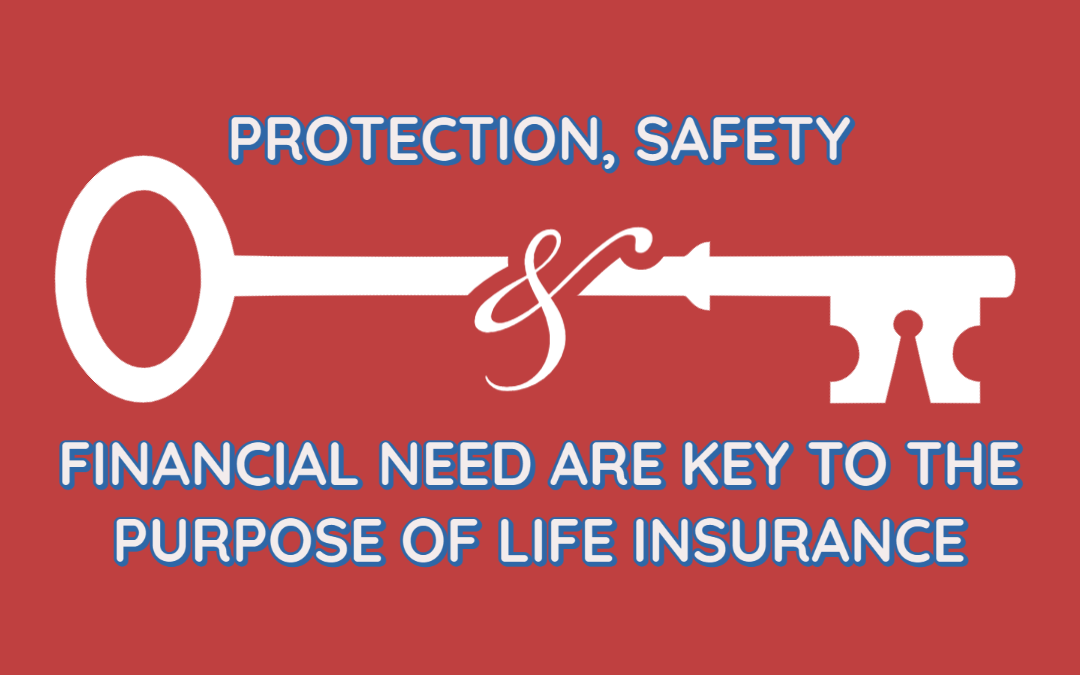More About Pacific Prime
7 Easy Facts About Pacific Prime Described
Table of ContentsThe 5-Second Trick For Pacific PrimeThe Ultimate Guide To Pacific PrimePacific Prime - An OverviewHow Pacific Prime can Save You Time, Stress, and Money.
In most states, the insurer is needed to send you a duplicate of the changes to your policy. It is crucial that you review Recommendations or Riders so you understand how your policy has transformed and if the policy is still appropriate to meet your needs. To get a duplicate of your insurance policy, please call your insurance policy representative or company.
The Institute of Medication (IOM) Board on the Effects of Uninsurance launches a prolonged evaluation of proof that addresses the significance of medical insurance protection with the publication of this record. Protection Issues is the very first in a collection of 6 reports that will be provided over the next two years documenting the reality and effects of having actually an estimated 40 million people in the United States without wellness insurance policy protection.

The smart Trick of Pacific Prime That Nobody is Talking About
The goal of this collection of research studies is to refocus policy focus on a historical issue. Following the lengthiest financial growth in American background, in 1999, an approximated one out of every 6 Americans32 million grownups under the age of 65 and greater than 10 million childrenremains without insurance (Mills, 2000).

Ten percent of the population represent 70 percent of health and wellness treatment expenses, a relationship that has actually continued to be constant over the past three decades (Berk and Monheit, 2001) - international health insurance. Thus health and wellness insurance coverage remains to offer the function of spreading risk even as it increasingly funds regular treatment. From the point of view of healthcare companies, insurance policy lugged by their patients assists protect an earnings stream, and areas gain from monetarily feasible and steady health and wellness care practitioners and institutions
Government gives wellness insurance policy to populaces whom the personal market may not offer efficiently, such as handicapped and seniors, and populations whose access to healthcare is socially valued, such as youngsters and expecting ladies. The best ends of medical insurance coverage for the individual and communities, including office areas of workers and employers, are boosted health outcomes and lifestyle.
The Basic Principles Of Pacific Prime
Employees place health insurance initially by far in value among all the benefits used in the workplace (Salisbury, 2001). Although there have been substantial investments of personal and public funds to give health insurance coverage, many individuals still have no protection. Regardless of considerable coverage of study searchings for and health care research study results, the basic public continues to be overwhelmed and misinformed regarding Americans without health and wellness insurance policy and the implications of doing not have protection.

Without doubt, the intricacy of American healthcare funding devices and the wealth of sources of information include in the public's confusion and uncertainty concerning medical insurance statistics and their interpretation. This report and those that will comply with purpose to boil down and offer in readily understandable terms the considerable research study that bears on questions of wellness insurance coverage and its relevance.
Fifty-seven percent of Americans surveyed in 1999 thought that those without medical insurance are "able to obtain the care they need from doctors and medical facilities" (Blendon et al., 1999, p. 207). In 1993, when national focus was concentrated on the issues of the uninsured and on pending healthcare regulations, just 43 percent of those polled held this idea (Blendon et al., 1999).

They additionally obtain fewer precautionary services and are much less likely to have normal take care of chronic conditions such as hypertension and diabetic issues. Persistent conditions can result in costly and disabling issues if they are not well handled (Lurie et al., 1984; Lurie et al., 1986; Ayanian et al., 2000). One national study asked greater than 3,400 grownups concerning 15 extremely serious or somber conditions.
Getting My Pacific Prime To Work
Extra proof is offered later in this chapter in the discussion of insurance and access to wellness treatment. https://anotepad.com/notes/23abm5wr. People without health insurance coverage are young and healthy and pick to go without insurance coverage. Almost half (43 percent) of those evaluated in 2000 believed that people without medical insurance are more probable to have health and wellness troubles than people with insurance coverage
Citizens and plan makers in focus team conversations define those without insurance as young individuals that have the opportunity to be covered and feel they do not require it (Doorperson Novelli, 2001). Contrasted to those with a minimum of some exclusive insurance coverage, the uninsured are much less most likely to report remaining in outstanding or excellent health (Company for Health Care Study and Top Quality, 2001).
SOURCE: Center for Cost and Financing Research Studies, Company for Medical Care Research Study and Quality, based on MEPS data. Young person between 19 and 34 are much more likely to lack medical insurance than any type of other age. This is mainly more information since they are much less frequently eligible for employment-based insurance coverage because of the nature of their task or their short tenure in it.
The perception that people without insurance policy have better-than-average wellness adheres to from confusing the relatively young age profile of the without insurance with the far better wellness, generally, of younger persons. This covers the web link between health and wellness status and health and wellness insurance policy. For those without accessibility to workplace health and wellness insurance policy, poor health is a prospective obstacle to purchasing nongroup insurance coverage because such insurance coverage might be highly valued, exclude preexisting conditions, or be merely not available.